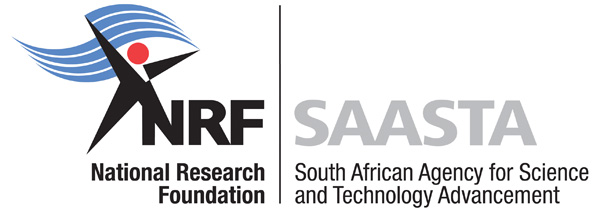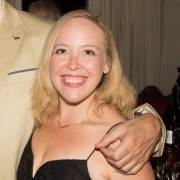Looking to the past to foresee our future: Kerryn Warren
Climate change apologists frequently say that global environmental change is inevitable, and that the climate has changed cyclically for hundreds of thousands of years. To them, the panic around contemporary climate change is unwarranted, and that the extent to which this change is man-made is questionable. In some ways they have a point: ice and marine core data shows that the earth undergoes changes between colder (glacial) and hotter (interglacial) periods regularly. Our species has lived through at least two of these cycles! Furthermore, archaeological evidence shows that when faced with large-scale environmental change, humans can adapt quickly, changing their habits and diets, and even entire culture, to best suit these changes.
The problem with this argument is that it misses two fundamental points. The first is that this time the change is in the wrong direction. We are already in a warmer interglacial period. The change between the last cold, glacial period and this interglacial period began around 16 thousand years ago, with conditions more or less stabilising from around eleven thousand years ago. Since then, many significant cultural changes occurred. Human global population sizes have increased, many societies settled, we have domesticated scores of animals and plants.
However, we are now in a situation which is unusual for our species. We are already in the warm period. And it is getting warmer.
Not only is it getting warmer. It is getting warm very fast indeed. Scientists are no longer worried about a trajectory that is historically predictable. For the last 2.5 million years, we have theoretically been in an Ice Age known as the Quaternary Glaciation. This means that there has been ice sheets at the poles this entire time, during both the cold glacial and even the warm interglacial periods. But the amount of ice has expanded (glacial) and contracted (interglacial) over this time in a relatively cyclical way. At 2.5 million years ago, we only just start to see the emergence of our genus, Homo. This is also the time when we see the earliest stone tools. What happens when the ice disappears altogether, as some scientists predict? We do not know what this might mean for our species.
It is important to pause and rethink the way we view even the natural climate change of the past. Warmer temperatures over the past 16 thousand years, and a changing global environment offered opportunities for populations to grow in size, but that does not mean that they were thriving. There is plenty of evidence to suggest that this time period is also marked with an increase in disease and lower life expectancy after infancy. Farmers, on average, work intensely for longer days than many hunter gatherers. The monotony of diets of many farming communities in this time period affected dental health and nutrient deficiency was far more common. A piece of land could, from this point, sustain a greater number of people, but these people were not necessarily healthy.
This brings me to the second problem with the above argument. While humans are excellent at shifting their behaviours and culture in the face of environmental change, that does not mean that we will thrive. The most clichéd historical parable of the effects of climate change is that of Easter Island. Easter Island, or Rapa Nui, is famous for its giant stone heads, or Moai, made by Polynesian inhabitants of the island around 900 years ago. And yet, in subsequent centuries, increasing levels of deforestation, the extinction of local bird species by introduced Polynesian rats, a reduction in fishing abilities (which relies on boats and canoes made of wood), and a decline in agriculture due to increasing erosion, led to a reduction in population size. The population of Rapa Nui, in the face of reduced biodiversity, seemingly underwent a cultural shift, taking greater advantage of the rat populations for protein sources, for instance, finding new and difficult agricultural techniques, and even consuming difficult-to-reach eagle eggs, perched in nests atop precarious slopes.
The tale of Rapa Nui is not one of complete extinction or devastation, as is often assumed. It can be seen as a tale of triumph: cultural and behavioural changes in the wake of ecological change. But is this a change we intend to face in our future? Do we ourselves hope to adapt to fewer and fewer resources and live in a world (our “island”) of decreasing biodiversity? Hopefully we still have that choice.
About the author
Kerryn is an archaeology lecturer and postdoctoral researcher in evolution education at the University of Cape Town. She also looks at research in hybridization during human evolution, such as interaction between Neanderthals and humans, and works as an “Underground Astronaut”, excavating out Homo naledi bones in the Cradle of Humankind. Passionate about science communication, she is the winner of the 2017 National 3 minute thesis (3MT) competition, and a runner up in the 2017 SAASTA Young Communicators Competition in the Audio category.


 The South Africa Agency for Science and Technology Advancement (SAASTA) is a business unit of the
The South Africa Agency for Science and Technology Advancement (SAASTA) is a business unit of the 